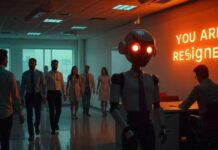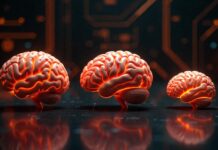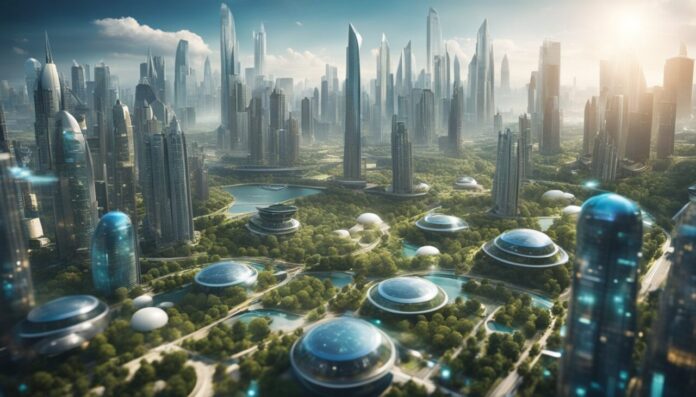
By 2050, the world will be a very different place in various aspects of life.
From technological advancements to environmental concerns, the future holds a lot of promise but also uncertainties.
However, in this article, we will not focus on the environment, climate change, and population growth; instead, we’ll primarily explore how society will change by the year 2050.
One of the most significant changes that experts predict for 2050 is the parabolic rise of artificial intelligence (AI) usage in every aspect of society and our daily lives.
AI has already started to change various industries, and it is expected to continue to do so in the coming years.
By 2050, AI will have transformed the way people work, communicate, and interact with each other.
It will also have a significant impact on the economy, with some experts predicting that it could lead to the displacement of hundreds of millions of jobs.
Interesting fact: A study conducted by the McKinsey Global Institute indicates that automation and AI could potentially displace between 400 and 800 million jobs globally by 2030.
Okay, so with that not-so-positive introduction, let’s dive in. Let’s explore the top 10 predictions for 2050.
First, we’ll begin with a summary table, and then we’ll delve into the details of each prediction.
Table: 10 Predictions for 2050
1. Artificial General Intelligence in Mainstream Use

Artificial General Intelligence (AGI) is a type of artificial intelligence that has the ability to learn and understand any intellectual task that a human being can. In the last few decades, significant progress has been made in the development of AGI. Experts predict that by 2050, AGI will be in mainstream use in various industries.
AGI will revolutionize the way industries operate. It will be able to perform tasks that are currently done by humans, such as driving, cooking, and cleaning. AGI will also be able to perform complex tasks that require high levels of intelligence, such as medical diagnosis and scientific research.
One of the most significant benefits of AGI is that it will be able to work 24/7 without getting tired or needing breaks.
This will increase productivity and efficiency in industries that use AGI. Additionally, AGI will be able to learn and adapt to new situations, making it more versatile than most human workers.
As mentioned at the beginning of the article this will severely impact the workforce in almost every industry.
Because of that, will people have more time to work on their creative endeavors?
We can’t know but either this will happen and people will have more freedom or we’ll witness some kind of technocratic dystopia.
2. Quantum Computers and New Laws Of Physics
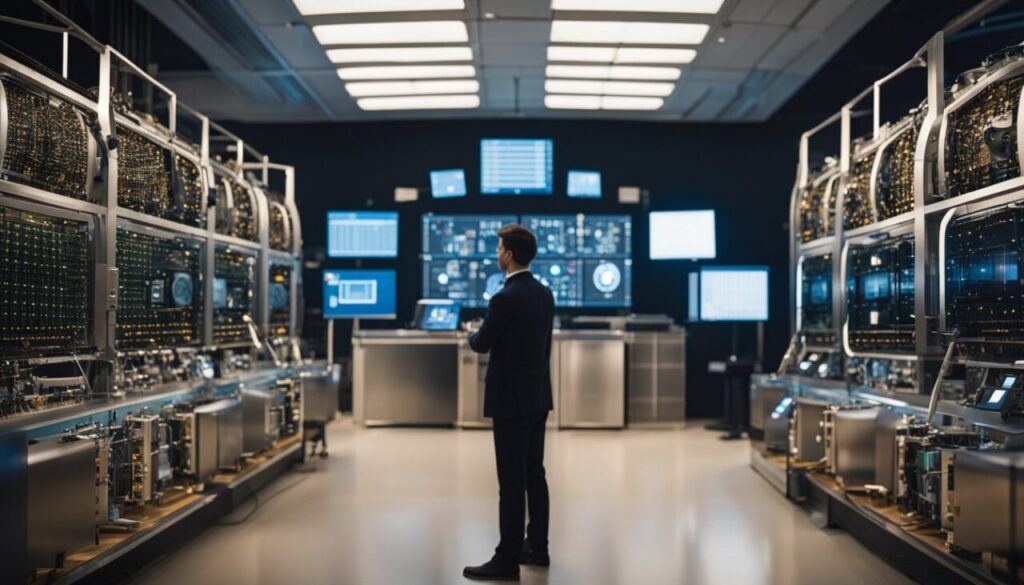
By 2050, the fusion of quantum computing and artificial intelligence (AI) is expected to revolutionize our understanding of particle physics, particularly at places like CERN, the European Organization for Nuclear Research.
With the exponential growth of computing power, quantum computers can handle enormous amounts of data generated by particle colliders such as the Large Hadron Collider (LHC) at CERN.
These advanced computers, unlike classical computers, can process information in ways that classical computers cannot, potentially enabling them to tackle complex problems in particle physics with extraordinary efficiency.
By 2050, quantum computers will probably enable scientists to find several new particles and discover new laws of physics.
Interesting fact: The Higgs boson was discovered on July 4, 2012, by scientists at CERN (the European Organization for Nuclear Research) using the Large Hadron Collider (LHC) in Geneva, Switzerland. This discovery was a significant milestone in particle physics, confirming the existence of the Higgs boson, which is associated with the mechanism that gives particles mass. Studying the properties of the Higgs boson can provide insights into phenomena such as the nature of dark matter, the stability of the universe, and the potential for new physics beyond the Standard Model.
3. We Will Find Proof of Extraterrestrial Life by 2050
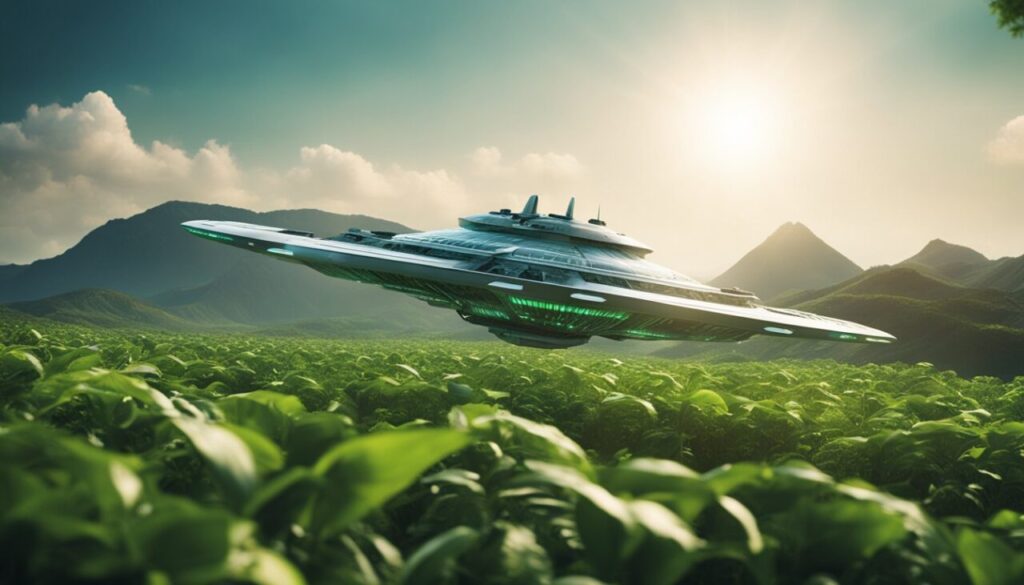
With the advancements in technology and space exploration, it is highly likely that we will find proof of extraterrestrial life by 2050.
Scientists have already discovered exoplanets that have the potential to support life.
The James Webb Space Telescope already detected potential traces of dimethyl sulfide (DMS) on exoplanet K2-18 b. This could potentially mean that there is life on K2-18 b because, on Earth, DMS is only produced by life.
Moreover, the discovery of phosphine gas in the atmosphere of Venus in 2020 has sparked renewed interest in the search for life beyond Earth. While the source of the gas is still unknown, it is a promising sign that there may be life on the planet.
Interesting fact: In 1977, a radio signal was detected from space that lasted 72 seconds and has never been explained. It is known as the "Wow! Signal" and is still a mystery to this day.
4. Most Cars Will Be 100% Self Driving Cars
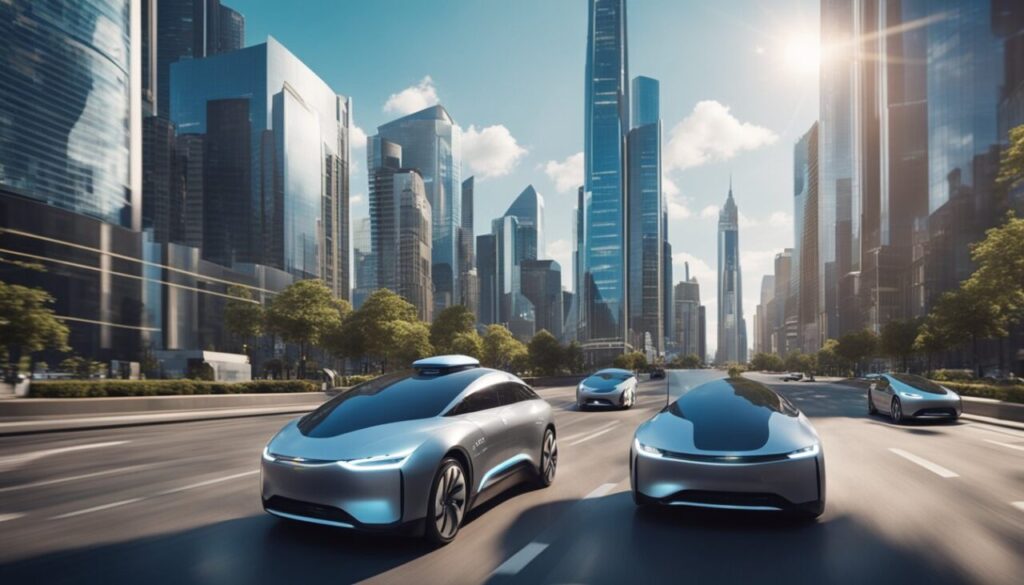
By 2050, most cars on the road will be fully autonomous. Thanks to advancements in technology, self-driving cars will become the norm. These cars will have the ability to communicate with each other and the infrastructure around them, creating a safer and more efficient driving experience.
With self-driving cars, there will be no need for human drivers. This means that people will be able to use their commute time for other activities such as work, reading, or even sleeping.
Additionally, self-driving cars will reduce the number of accidents caused by human error, saving lives and reducing healthcare costs.
However, complete autonomy could also lead to problems. Namely, if cars become fully autonomous, it will be possible to completely control the behaviors of passengers (previous drivers).
And of course, self driving cars will most likely destroy whole workforce currently in any kind of transportation business.
5. Standard Schools Will Become the Thing of the Past

As technology continues to advance and the world becomes more connected, it’s no surprise that traditional brick-and-mortar schools will become a thing of the past.
In fact, many schools are already incorporating online learning and hybrid models into their curriculum.
With the rise of virtual classrooms, students will have access to a wider range of courses and teachers from all over the world. This will allow for a more personalized learning experience tailored to each student’s needs and interests.
Additionally, students will have the flexibility to learn at their own pace and on their own schedule.
However, this will also negatively impact society as people will be even more isolated.
Interesting fact: According to a report by the World Economic Forum, by 2030, it's estimated that 30-40% of all jobs will require skills that are not currently considered crucial to the job. This means that education will need to adapt to prepare students for the changing job market.
6. White Collar Workers vs Blue Collar Workers in 2050
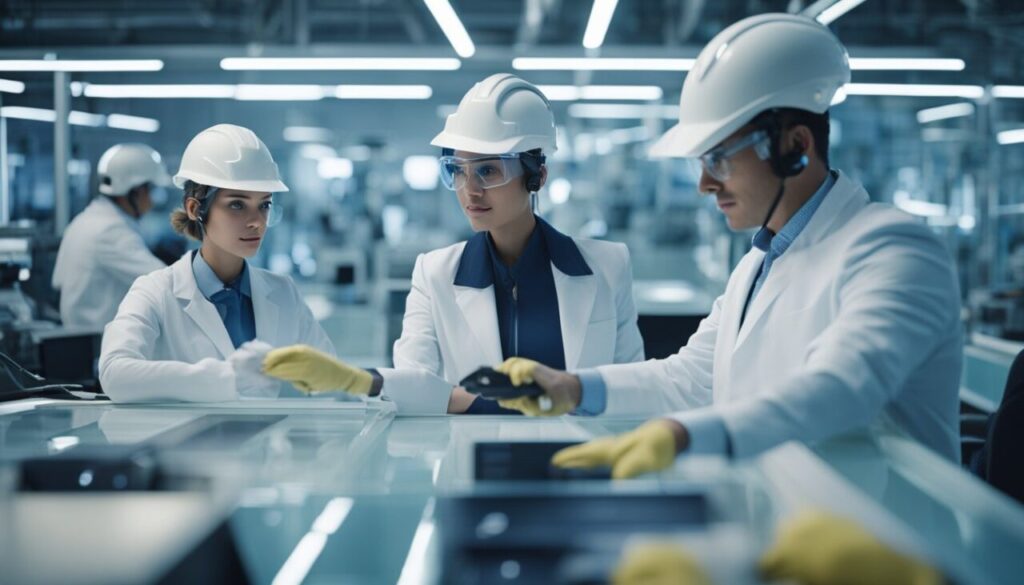
The distinction between white-collar and blue-collar jobs is expected to become less relevant by 2050. Automation and artificial intelligence are predicted to replace many jobs that are currently considered white-collar, such as those in finance, law, and medicine.
At the same time, many blue-collar jobs, such as those in manufacturing and construction, are expected to require higher levels of technical expertise and education.
As a result, the skills required for many jobs will change, and workers will need to adapt to keep up with the evolving job market.
Additionally, current trends indicate an increasing shortage of blue-collar workers. Over the past 50 years, there has been a shift where more individuals aspire to attend college and pursue white-collar jobs.
Consequently, there is now a significant scarcity of skilled craftsmen.
These craftsmen are indispensable for various tasks including house construction, plumbing and electrical repairs, and numerous other functions.
AI simply must not, cannot, and will not replace the majority of these jobs.
At least not by 2050.
Perhaps in 1000 years.
7. All Cancers Will Be Curable
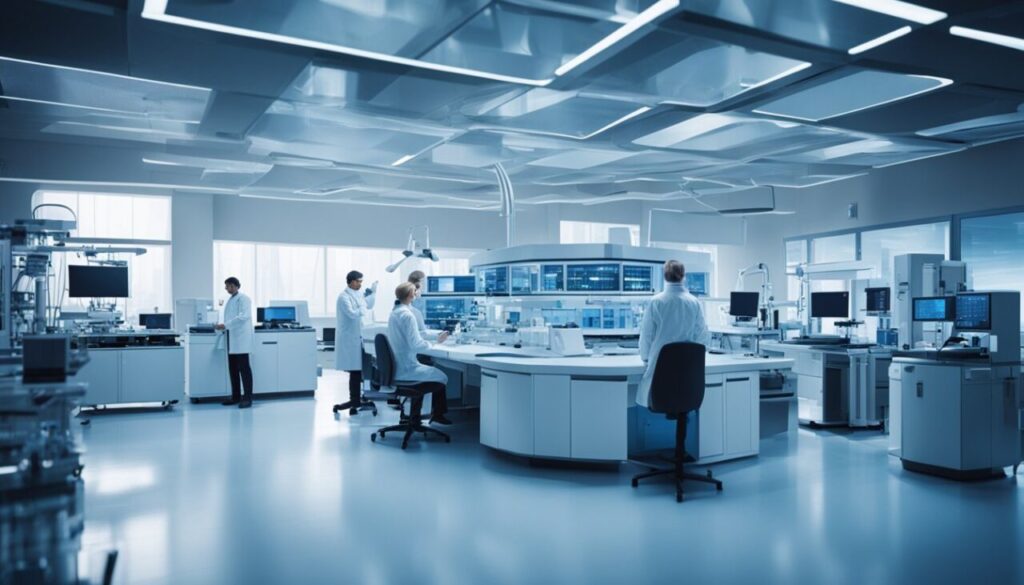
By 2050, it is predicted that most if not all types of cancers will be somehow curable. With the advancements in technology and medicine, scientists have been able to develop new treatments that target specific cancer cells with minimal side effects.
One of the most promising treatments is immunotherapy, which uses the body’s immune system to fight cancer cells.
It has already been successful in treating some types of cancer, such as melanoma and lung cancer, and researchers are continuing to study its effectiveness in other types of cancer.
In addition to immunotherapy, there have been significant advancements in gene therapy, gene editing, and targeted drug therapies.
Gene therapy involves altering a patient’s DNA to target cancer cells, while targeted drug therapies use drugs that specifically target cancer cells and leave healthy cells unharmed.
With these treatments, cancer patients will have a higher chance of survival and a better quality of life.
Although there is still much research to be done, the future looks bright for cancer patients.
8. Lab-Grown Meat
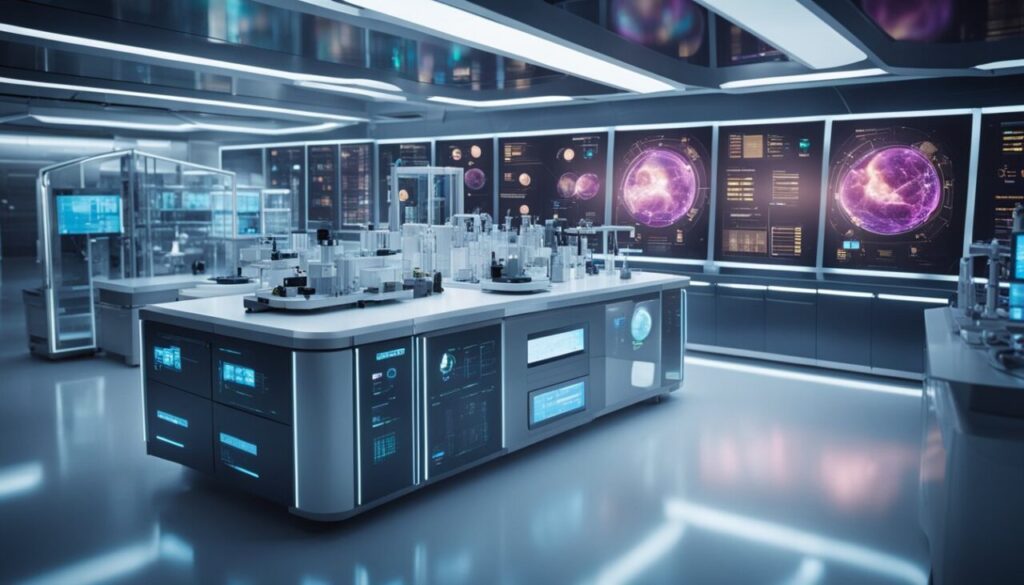
Lab-grown meat, also known as cultured meat, is a type of meat that is produced by in vitro cultivation of animal cells. By 2050, lab-grown meat will (most likely) represent a significant percentage of worldwide meat production
One of the main advantages of lab-grown meat is its potential to reduce the environmental impact of meat production.
Another advantage of lab-grown meat is that it can be produced without the need for antibiotics or hormones, which are commonly used in traditional meat production.
This can help to reduce the risk of antibiotic resistance and other health issues associated with the consumption of meat produced on big farms.
However, despite these advantages, there are still many challenges to be overcome in the production of lab-grown meat.
One of the main challenges is the cost of production, which is currently much higher than traditional meat production.
Additionally, there are still many questions about the safety and nutritional value of lab-grown meat.
However, based on the current rate of research into synthetic food production, it is expected that most of the biggest challenges will be resolved by 2050.
9. Global Governance

In 2050, the world will be more interconnected, with economies and societies becoming more integrated than ever before. As a result, there will be a growing need (and push) for global governance structures.
One very important trend in global governance is the increasing use of technology. As more and more people have access to the internet and social media, they will demand greater transparency and accountability from their governments.
This will require new forms of governance that are more responsive to the needs of citizens.
There will likely be more bodies like the WHO, which have both positive and negative aspects.
Namely, the WHO is already working on a new bill that would grant them additional powers in the event of future pandemic outbreaks.
While this has its advantages, it also has many drawbacks, such as individual countries potentially losing their sovereignty and power to decide what is best for their citizens.
10. Cryptocurrency and digital money

Cryptocurrencies such as Bitcoin and Ethereum have gained extreme popularity in recent years, and by 2050, they will have become an integral part of the global economy.
Cryptocurrencies will facilitate faster and cheaper cross-border transactions, eliminate the need for intermediaries, and provide financial services to the unbanked population.
The integration of cryptocurrencies will be driven by technological advancements, changes in consumer behavior, and government regulations.
Overall, we predict that more than 90% of countries will use some form of digital currency based on blockchain technology.
Most likely, Bitcoin won’t emerge as the preferred digital currency for paying, yet it will most certainly remain a prominent choice for wealth preservation.
Interesting fact: Assuming Bitcoin's Compound Annual Growth Rate (CAGR) over the past 3 years, Bitcoin could skyrocket to $5.4 million by 2050. On the other hand, using the historical Return on Investment (ROI) of the S&P 500 to predict the Bitcoin price, we arrive at $843,000 per 1 BTC in 2050.
Conclusion
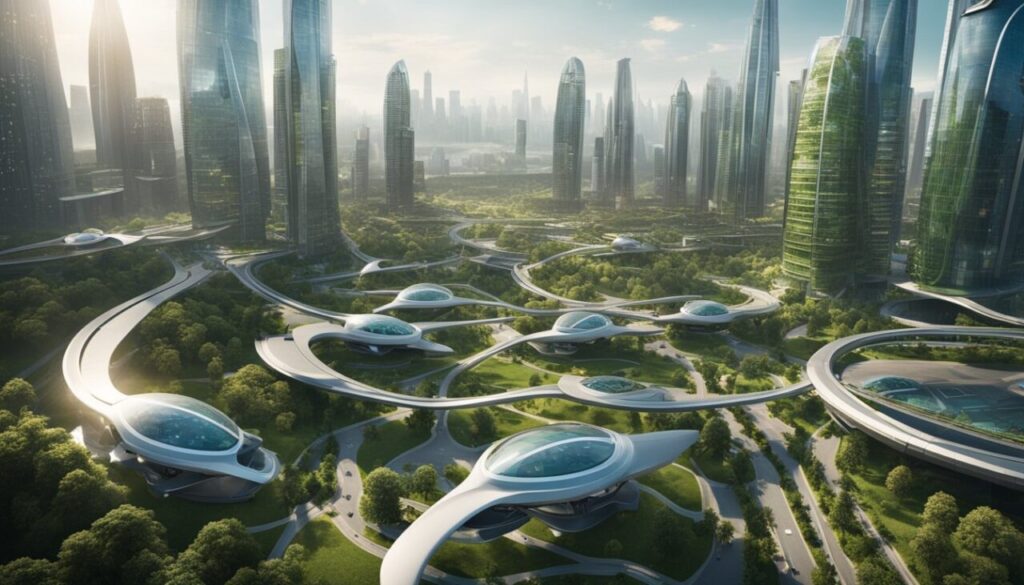
In conclusion, the predictions for 2050 are both exciting and unnerving. The advancements in technology and science will continue to shape the world we live in, but it is important to consider the potential consequences of these changes.
People are already excessively reliant on technology. For many, going even a day without a mobile phone seems impossible.
Furthermore, in the future, these technologies will become even more addictive. Studies indicate that virtual reality is 44% more addictive than today’s games.
And, present-day games are already extremely addictive, with many individuals spending days on end indoors, engrossed in continuous gaming sessions.
By 2050, this is expected to become a significant issue.
Nevertheless, it is anticipated that all expected advancements will ultimately enhance the quality of life for most people.
Of course, this is assuming we don’t end up in some form of dystopia.
Recommendation: If you enjoyed this article you might also like:





